Quito Travel Tips – A Complete Guide to Visiting Quito, Ecuador
If you’re planning a trip to Ecuador, then you’re most likely going to visit Quito, the country’s capital city. You’ve probably landed on this post because you’re doing research about the city. If that’s the case, then we hope that you’ll find everything you want to know prior to visiting Quito in this travel tips post.
This guide aims to answer every question you might have, such as how to get to Quito and get around the city, where to stay and eat, and how to stay safe and avoid altitude sickness.
You can spend as little or as long as you wish in the city, but about 3 days in Quito would give you the greatest chance to see the best it has to offer.
Disclosure: This post may contain affiliate links, which means we may receive a small commission if you click a link and purchase something. Clicking these links won’t cost you anything, but it will help us to keep this site up and running! Learn more about our affiliate policy.

Introducing Quito, Ecuador
Quito is a huge city spread out along a valley on the eastern slopes of Pichincha Volcano. Situated at 2,850 m (9,350 ft) above sea level, the city is also one of the highest capital cities in the world.
The earliest settlers in the area were the Quitus; a pre-Inca tribe. The Incas then converted Quito into a major city and even connected it with a road to Cusco in Peru.
The capital of Ecuador was then founded by the Spanish in 1534 on the ruins of the Inca city, which is very similar to the way modern cities across Peru were founded.
In 1822 Simon Bolivar set Quito free and also formed Gran Colombia which included present-day Ecuador, Colombia, Venezuela, Panama and parts of Peru and Brazil. Gran Colombia was dissolved in 1831 due to political differences and Ecuador became independent.
Quito has one of the best-preserved and least altered historic centres in The Americas. Because of that, in 1978 it was the first historic centre in the world to be listed as a UNESCO World Heritage Site.
Read Next: How to Spend 3 Weeks in Ecuador
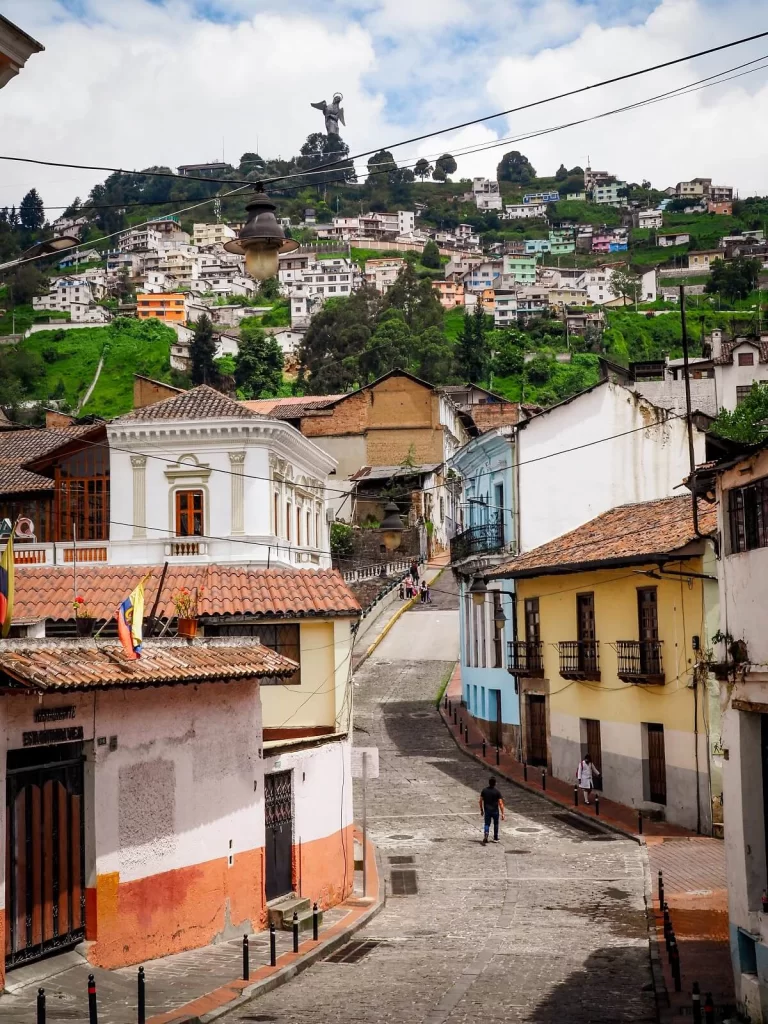

Is Quito Safe?
Probably one of the biggest questions you’ll have before visiting Quito: is it safe?
Quito is the biggest city in Ecuador, and just like any big city in the world, that also means crime will naturally be higher. However, this doesn’t mean that you should skip visiting the capital. Quite the opposite. We think you should definitely spend at least 3 days in Quito, because there’s a lot of interesting things to do there.
Although we felt safe during our visit and I’m sure you will too, it’s good to be aware of a few things prior to your trip. Below, we’ll list a few health and safety precautions you should bear in mind before and during your travels around Quito. However, for more official safety advice please visit the Government’s website.
Have Travel Insurance (The Most Important Quito Travel Tip)
Often at the end of most people’s travel planning checklist is insurance. However, it is one of the most important things you should be thinking about during your travel planning. Travel insurance will provide protection if you get ill, injured, have things stolen or suffer last-minute cancellations.
Whilst purchasing travel insurance can feel like a waste of money, if something happens during your trip, it’ll quickly become one of the best investments you’ll make.
We never go anywhere without travel insurance, so make sure to buy one prior to your visit too. There are many different companies out there offering varying levels of coverage depending on your needs. We personally use SafetyWing which offers a high level of coverage at a much more affordable price than most other insurances.
SafetyWing also allows you to sign up even if your trip has already started and you completely forgot about travel insurance in the midst of all the travel planning.
Crime Related Quito Travel Tips
Just like in any densely populated city in the world crimes are not uncommon. Although violent crime is low, petty crime isn’t unheard of. Whilst we never felt unsafe in Quito, here are a few travel safety tips based on our experience and research.
- Don’t walk alone at night. Even the buzzing Historic Centre can be a bit unsafe after dark, so get an Uber instead.
- Be extra vigilant at busy plazas, bus terminals and on public transportation. Keep your valuables hidden where possible and wear your backpack on your front just like the locals.
- Try to avoid using public transportation during rush hours. It’ll be super crowded and you’re more likely to get pickpocketed. We used money belts to store our cash and travel cards and always felt more secure with these.
- We also don’t recommend visiting certain places, such as El Panecillo, on foot. This is because our research indicated that robbery and assaults are common on this walking route.
- Make sure to only use licensed taxis. They are yellow cabs with orange license plates and are fitted with security cameras. Although the taxi situation has improved, fake taxis are still out there and robberies can happen.
- We recommend having a physical SIM card or an eSIM so you have a local phone number with 4G coverage. For an eSIM you can use Airalo, which is an app that allows you to download a prepaid eSIM to your phone.
- Make sure to also have a VPN to avoid hackers accessing your personal data when using public WIFI. We use Surfshark which is the only VPN that offers one account on unlimited devices.
- Book your accommodation in safer neighbourhoods, so you won’t have to worry about your belongings when you’re out exploring.
Tourism police are present in touristy areas of Quito. They might stop you and ask about your experience and take a photo with you.

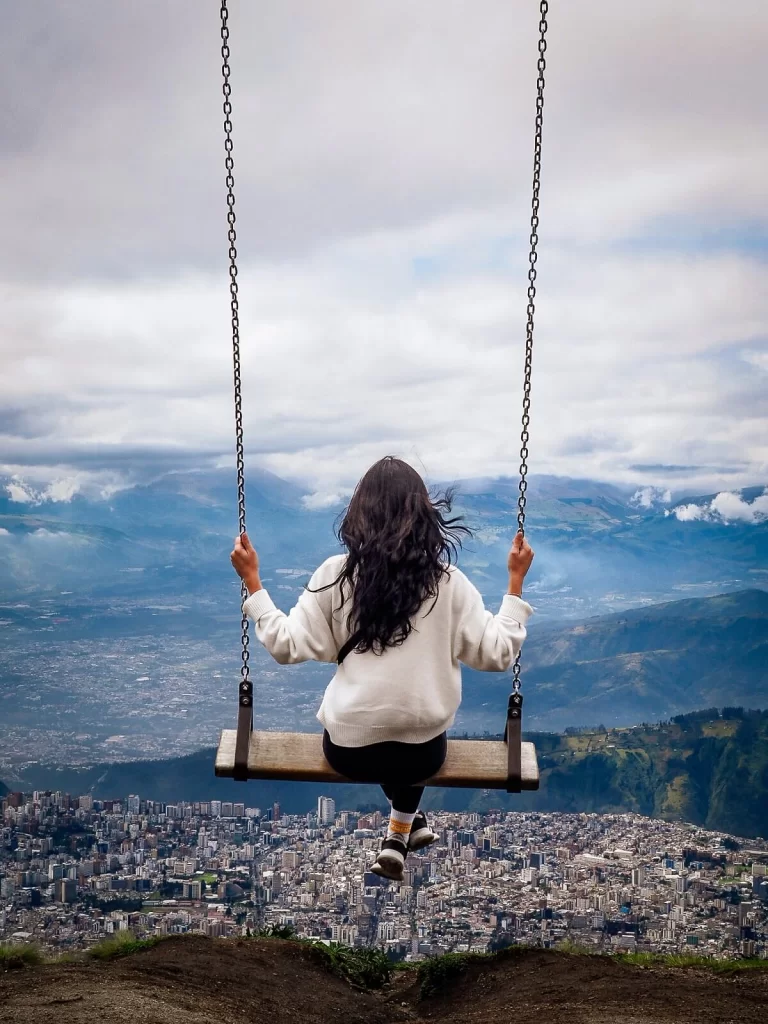
Health Related Quito Travel Tips
One thing you want to avoid on your holiday is getting sick, especially in a foreign country where you might not even speak the language. Here are a few of our personal health related tips to reduce the risk of getting ill. For more official information, check out Ecuador-specific health advice from the National Travel Health Network and Centre (NaTHNaC).
- Avoid drinking the tap water. I suggest boiling your water, using a filtered bottle such as WaterWell or buying bigger bottles of water and filling up a reusable water bottle. This will help you to reduce your plastic waste too.
- Whilst you should avoid tap water, make sure to actually drink enough purified water to avoid dehydration and other issues such as altitude sickness. Quito is located at 2,850 m (9,350 ft) above sea level, which means you could get altitude sickness.
- There are many pharmacies in Quito where you can buy medicine, so only bring your prescribed medication and some basic painkillers.
- We suggest buying some altitude sickness tablets when you arrive, especially if you’re heading to even higher altitudes afterwards.
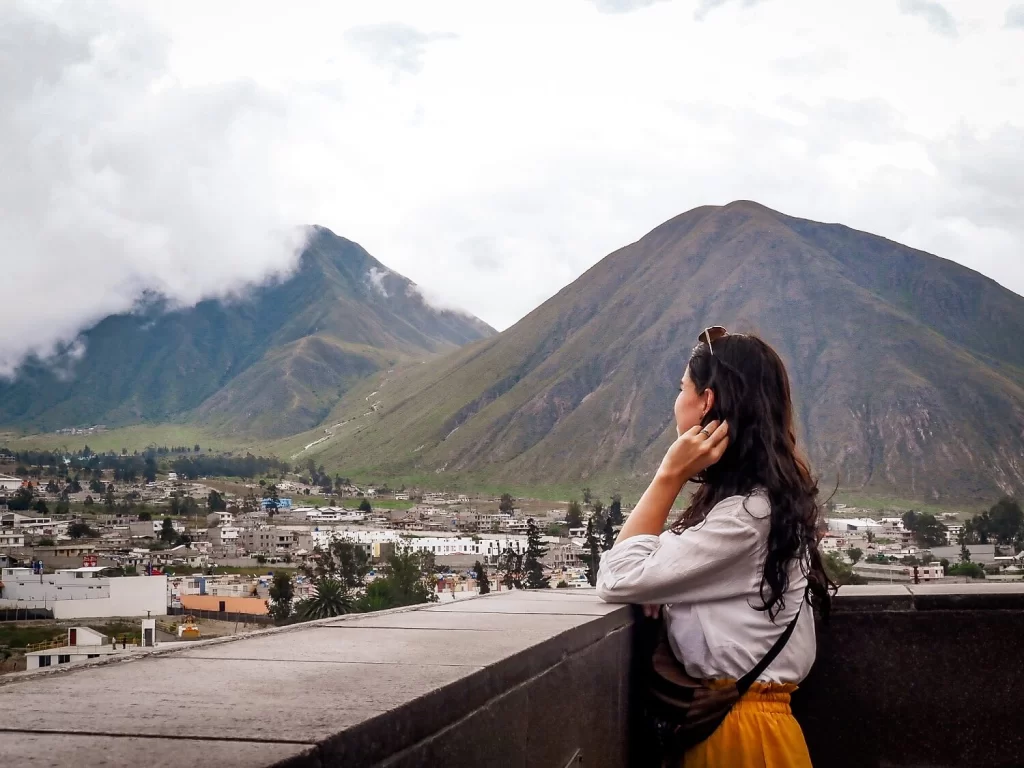
How to Avoid Altitude Sickness in Quito, Ecuador?
It is important to know that anyone can develop altitude sickness and its symptoms can be less or more severe depending on the person. Symptoms of altitude sickness include dehydration, dizziness, headaches, shortness of breath, heavy breathing, loss of appetite, nausea and vomiting.
To avoid altitude sickness, we recommend spending at least one or two full days in Quito. If you can spare more, that’s even better, especially if you’ll be visiting other parts of the mainland such as Cotopaxi Volcano.
Try to avoid drinking too much alcohol on your first day and don’t eat too many heavy foods either. It’s very important to stay hydrated to avoid dehydration and headaches. You can drink Coca tea like the locals do at high altitudes in South America. In addition, you can also buy some altitude sickness tablets at one of the pharmacies.
Natural Disaster Related Quito Travel Tips
Natural disasters are something you won’t be able to avoid if they occur during your stay. However, knowing what to do in case of an emergency is important.
Quito is located in an area of intense seismic activity. Therefore, there is a high risk of earthquakes and volcanic eruptions. We recommend reading the US Federal Emergency Management Agency’s advice about what to do before, during and after an earthquake.
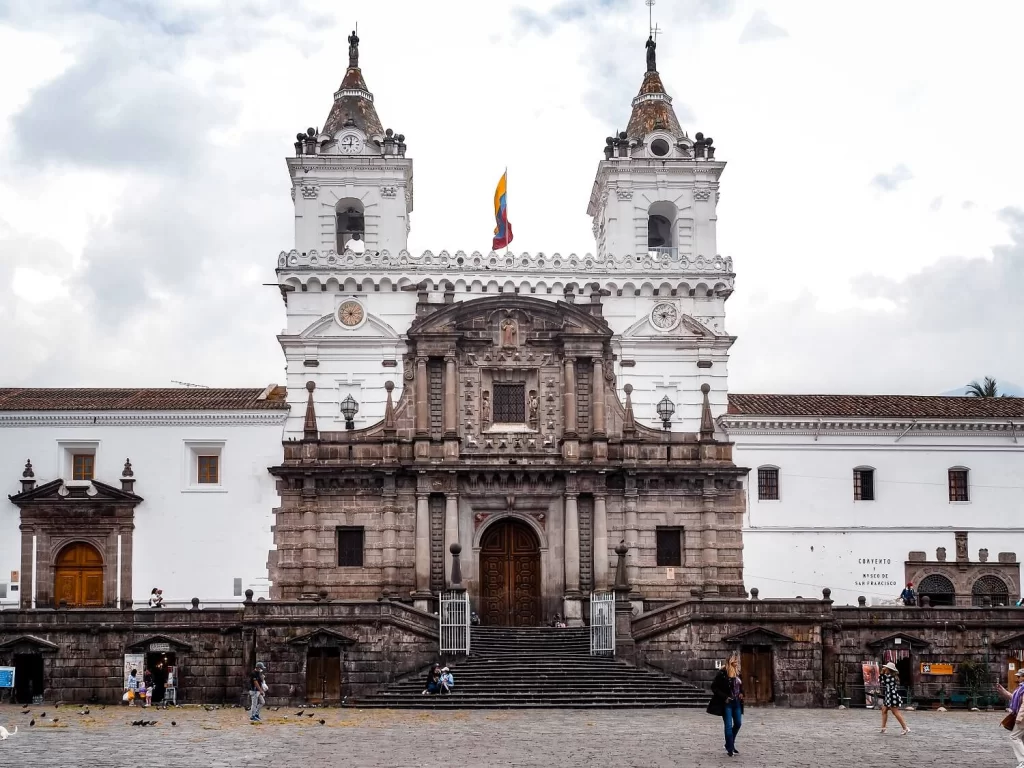
How to Get to Quito?
By Plane – Obviously the easiest and least time consuming way to reach Quito is by flying to Mariscal Sucre International Airport. Depending on where you’re coming from, there are many direct flights between Quito and other major cities in North, South and Central America. From Europe you can fly direct to Quito from Amsterdam or Madrid. You can check where you can fly direct to Quito from on this website.
Find Flights to Quito✈️
By Bus – If you’re coming from neighbouring countries, then you can opt to take an international bus to Quito too. There are a lot of different companies that provide these services depending on which country you’re coming from.
For example, from Peru you can arrive to Guayaquil with Cruz del Sur which was one of our favourite bus companies that we used in Peru. You can also arrive from Colombia via the Rumichaca border crossing between Ipiales in Colombia and Tulcan in Ecuador.
Bus travel between countries in South America is a popular and affordable way to travel for both locals and backpackers alike. Travelling by bus will also give you the chance to stop at other places of interest along the way. Our main online sources that helped us to find bus routes and companies operating to and from our next destination were Busbud.com and Rome2Rio.

How to get from Quito Airport to Quito Centre?
By Public Bus – The most affordable way to get to Quito from the airport is by public transport. There are buses departing from the airport to Río Coca Terminal located in the north of Quito. You can also reach southern Quito if you hop onto a bus heading to Quitumbe Inter-provincial Terminal.
A single bus ticket only costs $2 USD and it can take an hour to get to the terminal.
Rio Coca Terminal is definitely closer to the Historic Centre and other areas you might be staying in, such as La Mariscal District. You’d still need to take either a public bus, an Uber or a taxi from there though. If you’re arriving at unsociable hours, we recommend opting for private transport from the bus terminal.
Express Buses – Another option you can consider is the Airbuses (Aeroservicios). They offer a fast and direct service between the Airport and Quito. The cost varies depending on where you’re going but the Historic Centre is around $14 USD per person.
You can book the service at the arrivals hall or online.
By Private Taxi – You can also book a taxi from the airport if you have a lot of luggage and don’t feel confident taking public transport in an unfamiliar city. You can pre-book your taxi at the official desk outside the arrivals main terminal building. You’ll have to tell them your destination and they will calculate your fee.
It’s normally a set fee depending on the distance, but to the Historic Centre it can cost between $25-35 USD.
You might also be able to arrange a pick up with your hotel or Airbnb. We picked this option and it cost us $30USD. Alternatively, you can also just pre-book an airport pickup.
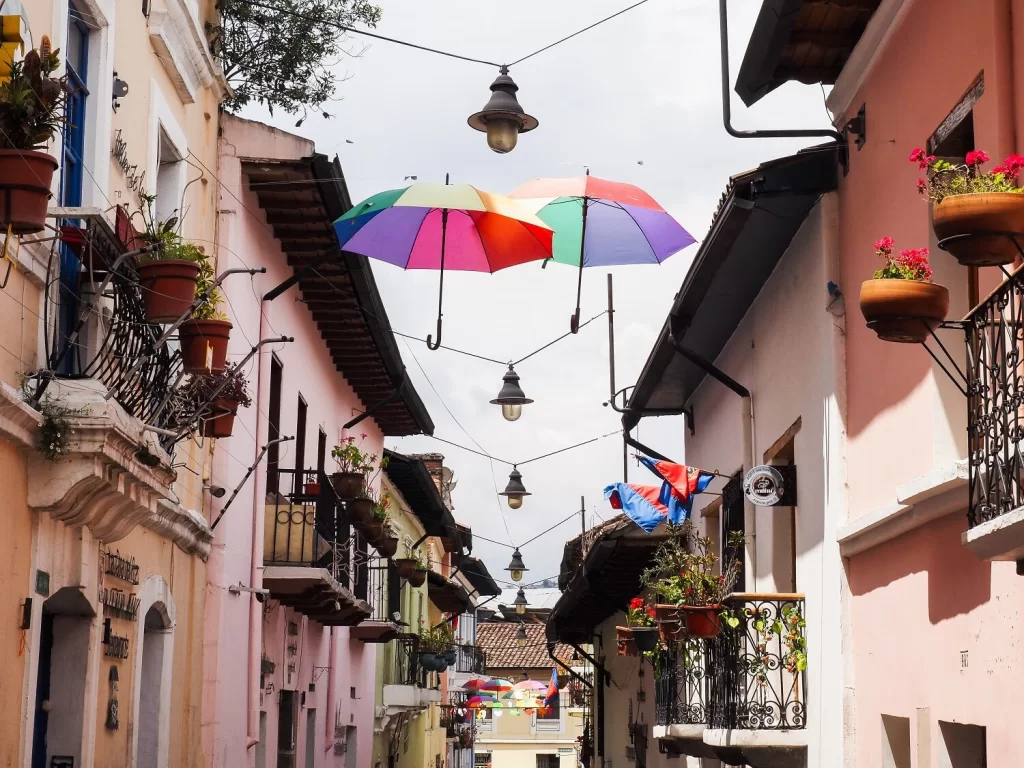
Where to Stay in Quito?
No matter how long you’re staying in Quito, you’ll want to be located close to the attractions. Therefore, we recommend staying somewhere in the Historic Centre.
There are a lot of hotels and hostels catering for all interests and budgets, so you’ll find a lot of tourists in this part of Quito. Below are some of our recommendations:
La Mariscal is another popular area, especially because of the vibrant nightlife. There are plenty of hotels, hostels, bars and restaurants catering for everyone wanting to enjoy the city after dark. It’s in the modern part of Quito, so you’ll feel like you could be in any city in the world here.
La Floresta is the hipster district of Quito located next to La Mariscal. This area is filled with street art, cool cafes and independent restaurants. It’s definitely a trendier area to stay in Quito.
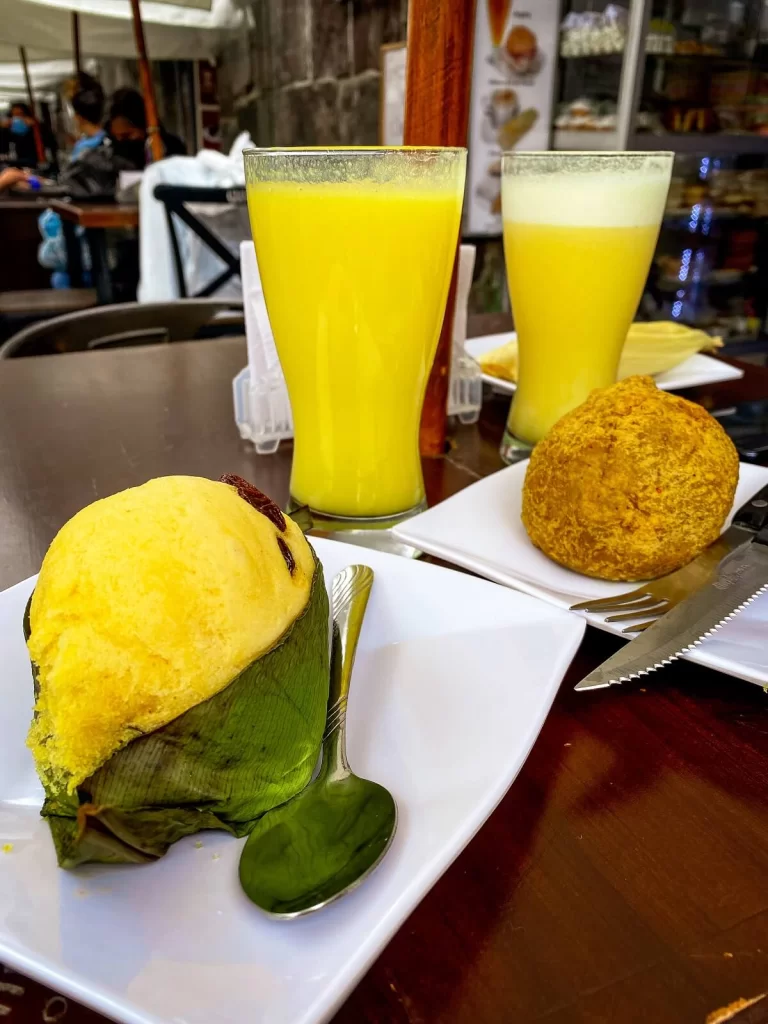
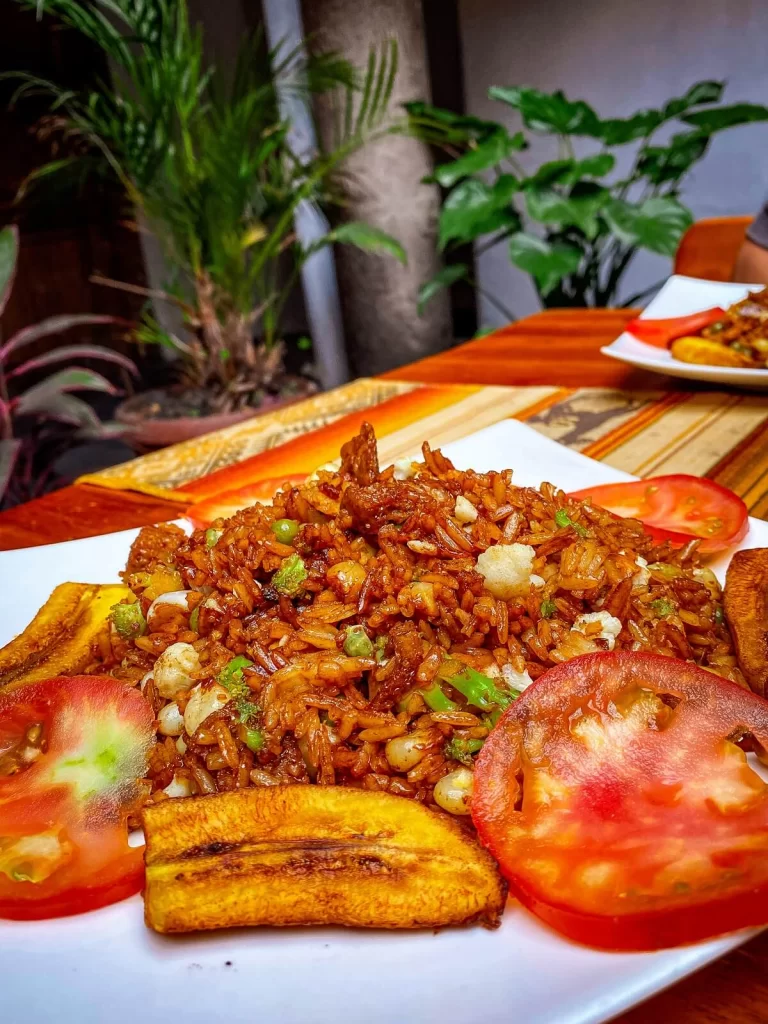
What to Eat in Quito?
There are many places you can find authentic Ecuadorian cuisine in Quito.
You can head to Mercado Central to take a look at some typical Ecuadorian products. The market has several floors where vendors sell fresh fruit, vegetables, meats, and more. If you get hungry, there’s an entire section dedicated to ready to eat local dishes and fresh fruit juices.
There are plenty of restaurants and cafes in Quito where you can try some typical Ecuadorian cuisine such as bolones de verde, humitas, quimbolitos, and empanadas.
Top Tip. If you want to save some pennies whilst also having a more local experience, then definitely eat out around lunch time. Most local restaurants offer an ‘almuerzo‘ or ‘menu del dia’ deal. This will usually include soup for a starter, a main course and a drink.
Do you want to learn more about Ecuadorian cuisine? Then make sure to book a street food tour and have a fantastic gastronomic experience in the city.
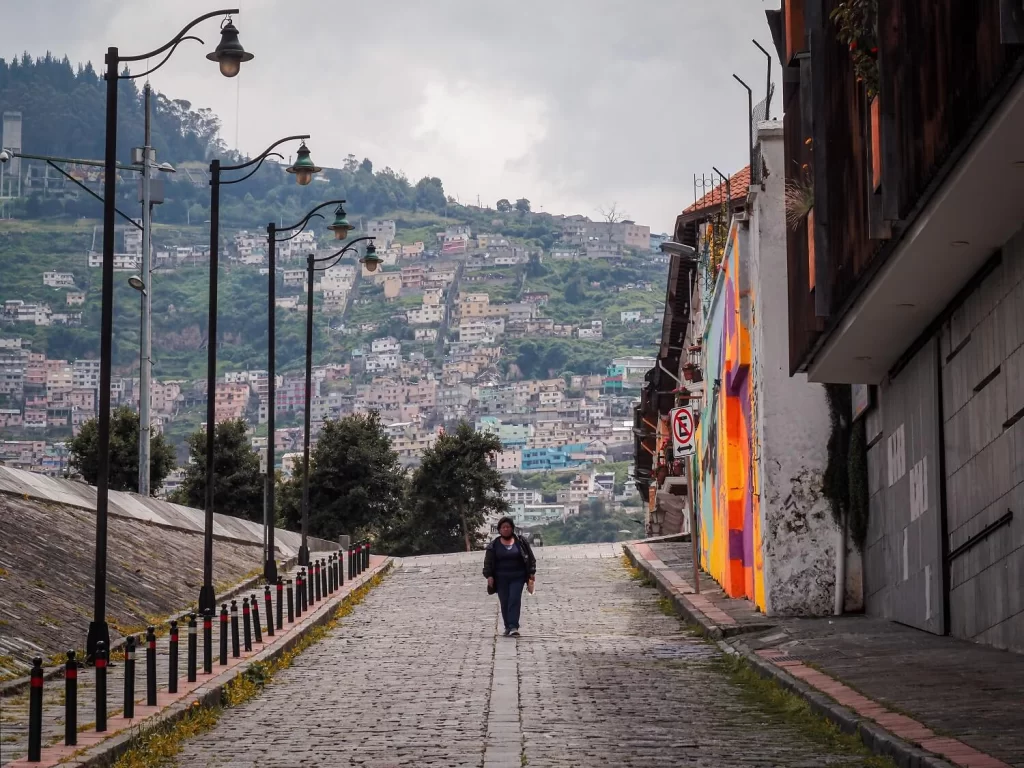
Best Ways to Move Around Quito
On Foot
Whenever we can, we enjoy exploring a new place on foot. You can discover so much more whilst walking than by taking taxis everywhere. Quito’s Historic Centre is definitely walkable and we suggest exploring some of the main sites on foot. It’s also a great way to slowly acclimatise to high altitude.
If you’ve just arrived in the city, it’s always a good idea to join a free walking tour where you won’t just see, but also learn, a lot about Quito.
Note. There are a few places that are considered unsafe to walk to such as El Panecillo viewpoint. If you need to walk greater distances you can always use the bus, Uber or a taxi. Lastly, make sure to avoid walking on your own after dark.

Public Bus
Places located further from the Historic Centre can be reached by local buses. Using public transport is affordable and can give you a real taste of how people move around the city.
You’ll most likely use either Ecovía, Trole or Metrobus buses. These connect the north and south of Quito and they run in dedicated lanes along the main roads. You’ll have to have small change on you to get through the gates. However, you can convert larger bills to smaller change with the booth attendants. Just don’t try to give them anything larger than a $5 note.
Top Tip. Always watch your belongings carefully. Pickpockets aren’t uncommon, especially when the bus is crowded. Keep your valuables in your backpack and wear that in front of you. You will see locals doing the same.
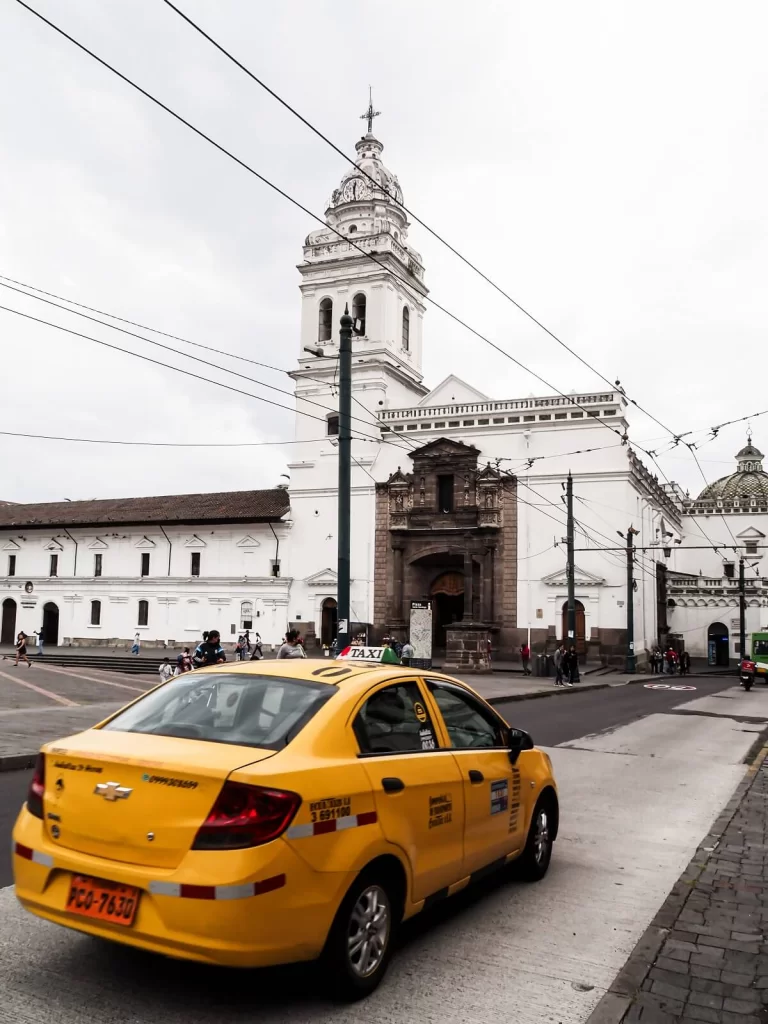
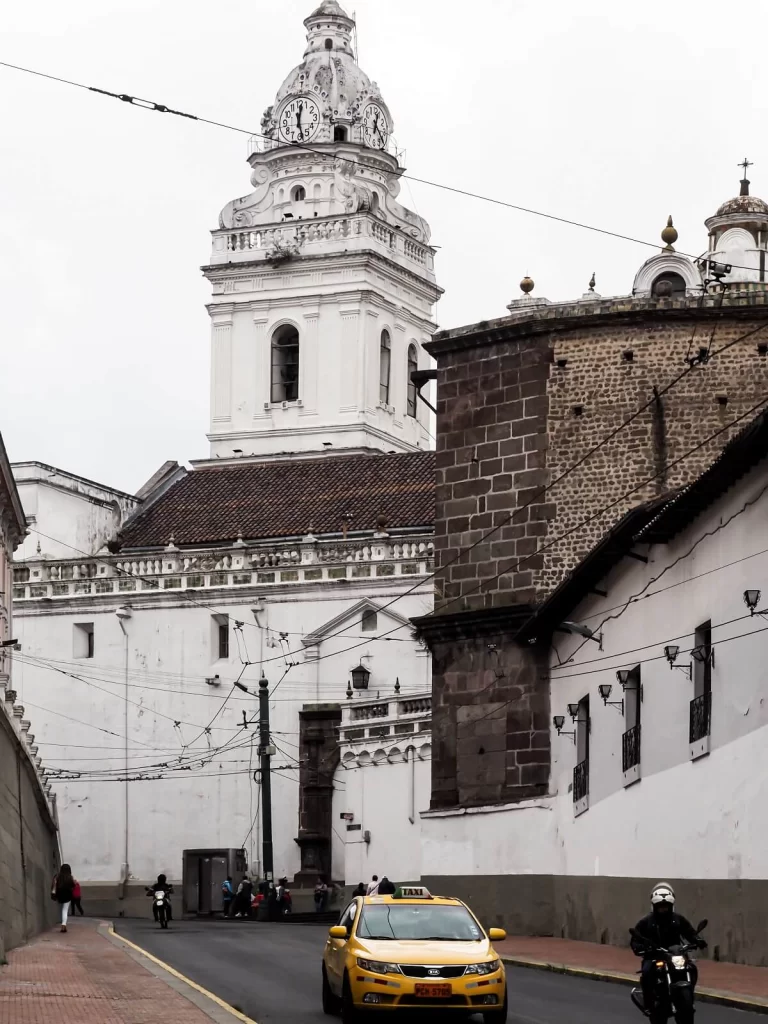
Taxi and Uber
Another way to get around Quito is either with a taxi or Uber. Now it’s probably worth highlighting that fake taxis are not uncommon in the city. You have to make sure that you only get into an official taxi, which should be yellow with an orange plate.
The taxi should be equipped with security cameras and a meter. If you’re going to and from the airport with a taxi, make sure to order one through your hotel or hostel.
Uber is also legal in Quito, so you can definitely use it to get around the city, especially for longer distances or during unsociable hours.
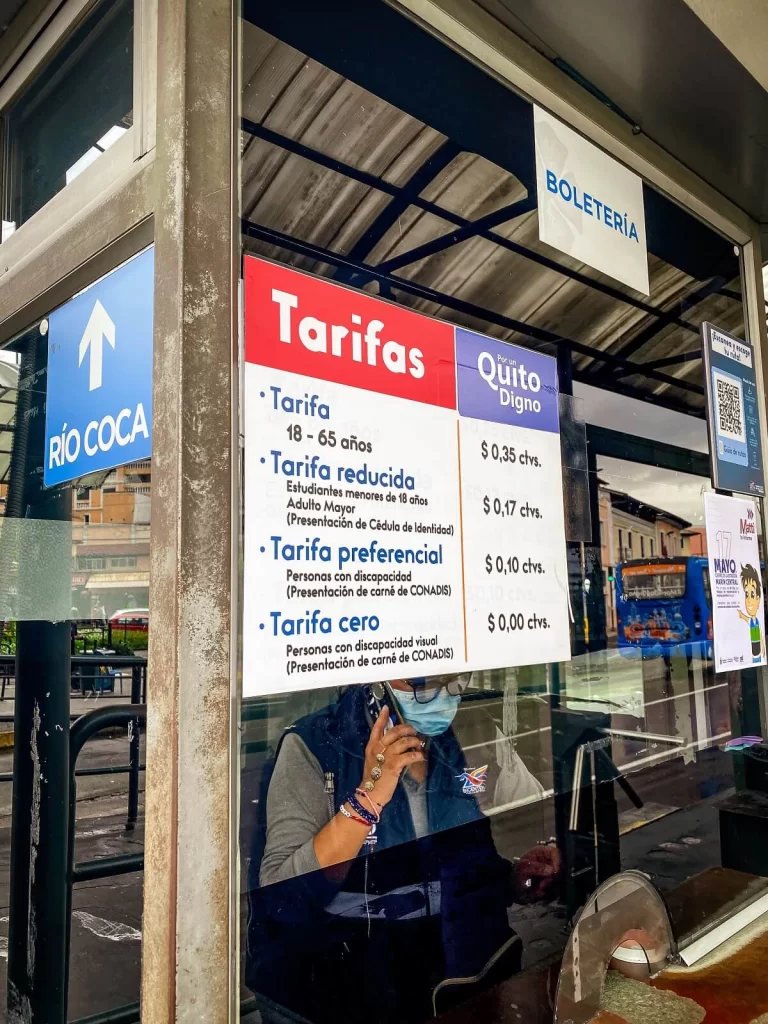
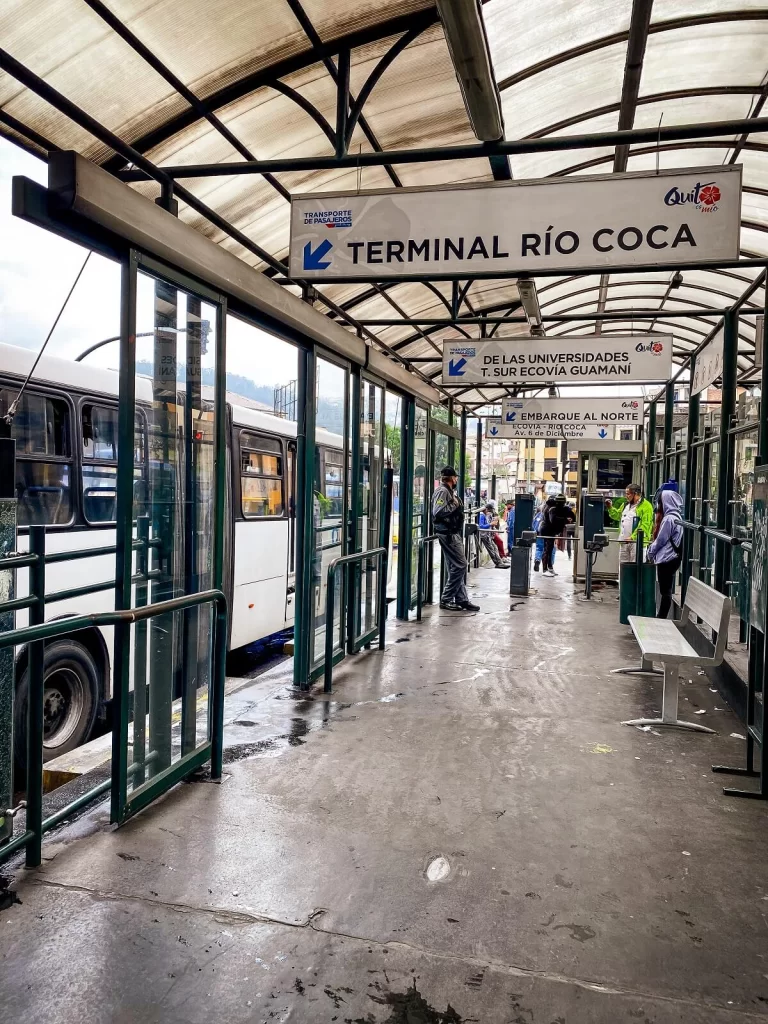
Main Bus Terminals in Quito
Quito is a large, very long city. Therefore, there are quite a few different bus terminals depending on where you’re going.
- Terminal Terrestre Carcelén – Quito Norte (Quito’s north bus station). You would need to go to this bus station if you wanted to visit places such as Otavalo or were heading to Tulcan to cross the Colombian border.
- Terminal Terrestre Quitumbe – Quito Sur (Quito’s south bus station). You would need to go to this bus station if you were visiting places like Guayaquil, Cuenca, Banos and the Amazon Rainforest (Lago Agrio).
- Terminal Terrestre La Ofelia. Another bus station in the north of Quito that you’ll need to get to if you want to visit Mitad del Mundo or Mindo. The Metrobus line’s northern terminal is at La Ofelia station.
Note that it can take anywhere between 45 minutes to 1.5 hours to travel between Quito’s north and south stations by car, depending on traffic. With public transport it takes even longer, so always calculate that time in.
Top Tip. In the early morning and late at night, we suggest taking an Uber to these stops. In addition, if you carry a lot of luggage, it’s also more comfortable to take an Uber.
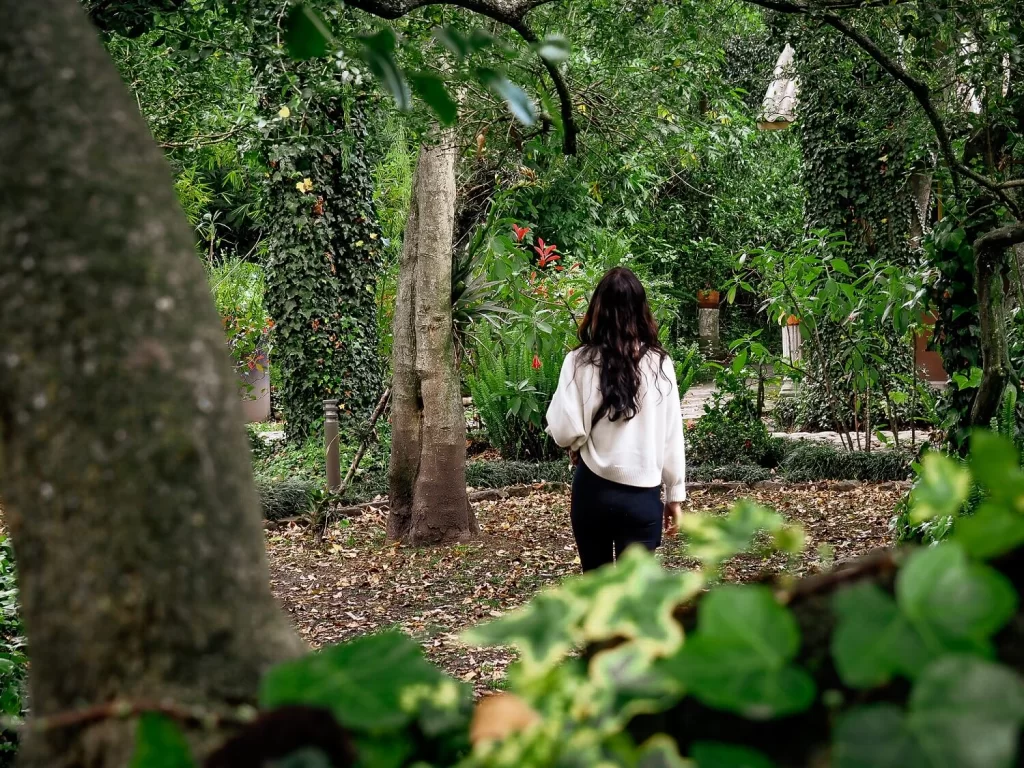
Final Thoughts on Quito Travel Tips
As always we did a ton of research prior to arriving in Quito. We never once felt unsafe walking around. However, we did get stopped by the local tourism police a few times in the Historic Centre asking us how we were finding the city and if they could take photos with us. We found the presence of police reassuring.
Initially, we only stayed a few nights in the city to explore its top sights. However, we always had to return to Quito to catch another bus to our next destination within Ecuador. This definitely allowed us to understand how the city operates in terms of their public transport system.
Have you ever been to Quito before? If so, what was your experience? If not, would you feel more confident spending a few days in the city after reading our guide? Let us know in the comments below.
Now, let your adventure begin,

Our Top Travel Resources
Accommodation: For hotels we always use Booking.com and Hostelworld for hostels. We also book longer stays on Airbnb or Vrbo.
Flights: To find the best flight prices we always check Skyscanner, Google Flights or WayAway. Then we also check the airlines’ websites too for comparison.
Car Rentals: We use Discover Cars when we want to rent a car as it compares local, national and international companies.
Activities: If we book organised tours we always check either GetYourGuide or Viator.
Foreign Currency: Whenever we can we prefer to pay in local currency and for that we always use our Wise card. We can easily withdraw money from the ATM or pay by card at most shops and restaurants.
Travel Insurance: We never go anywhere without travel insurance. You never know what will happen on your trip, so good travel insurance like SafetyWing can protect you in case of injury, illness, theft and cancellations.
eSIM and VPN: To get data abroad we use Airalo which is an app that allows you to download a prepaid eSIM to your phone in over 190 countries. Make sure to have a VPN to avoid hackers accessing your personal data when using public WIFI. We use Surfshark which is the only VPN that offers one account on unlimited devices.
Remember…It all starts with a Pin…



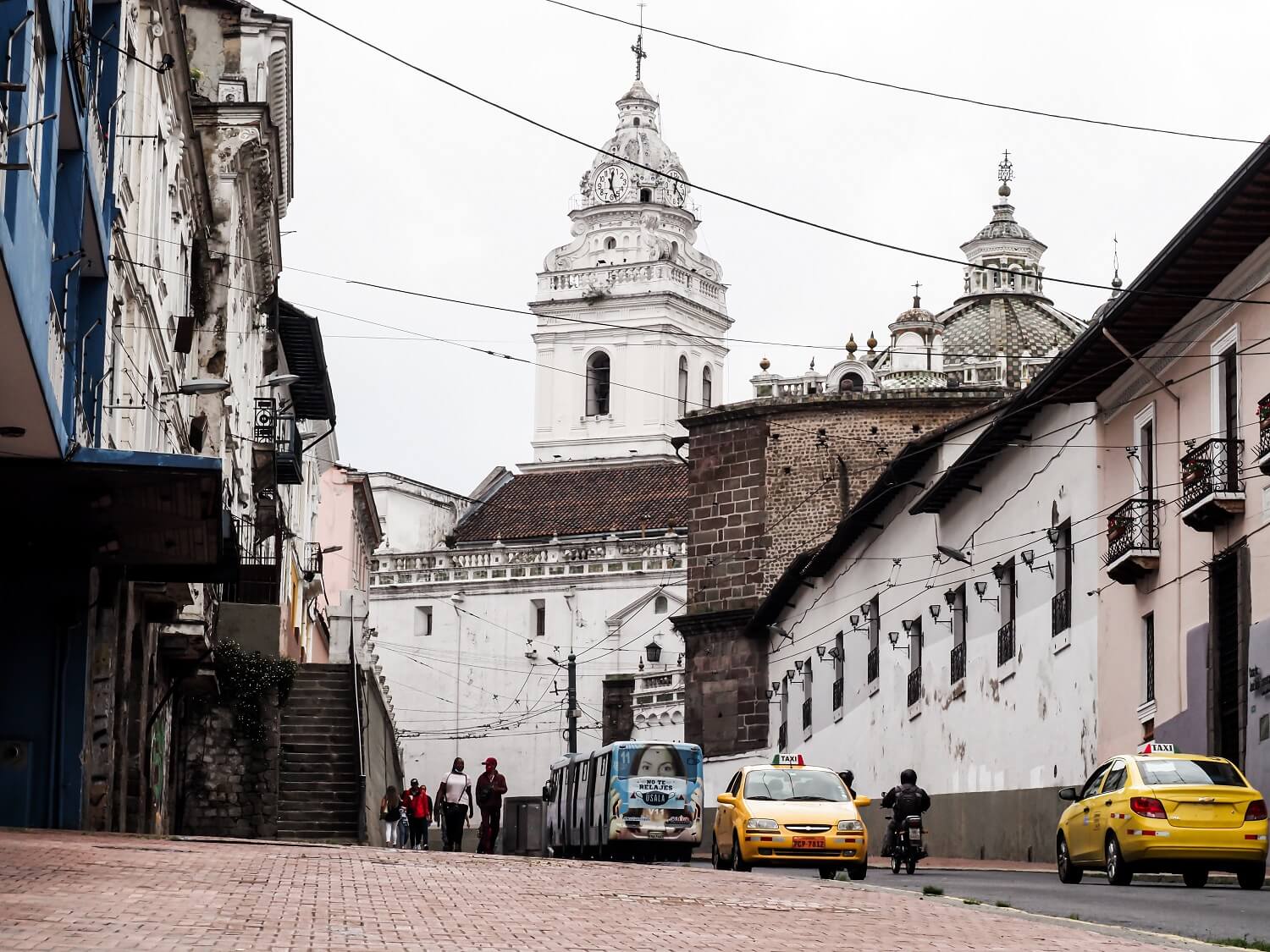
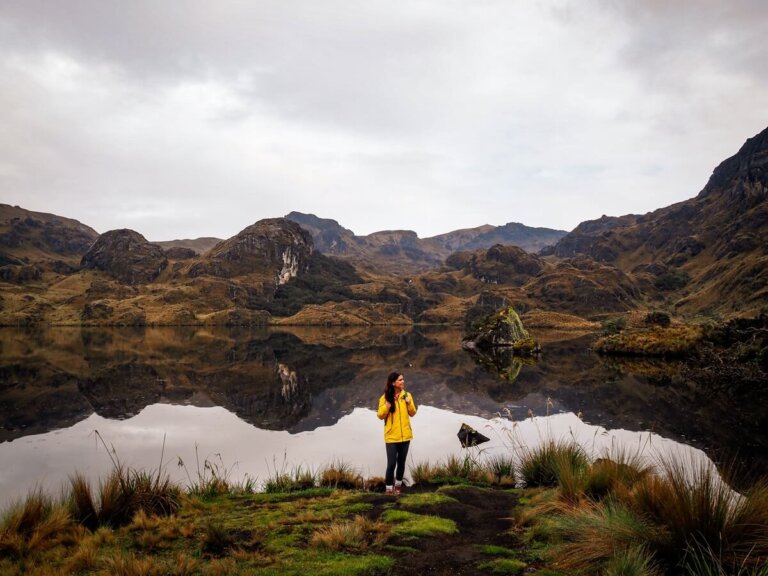
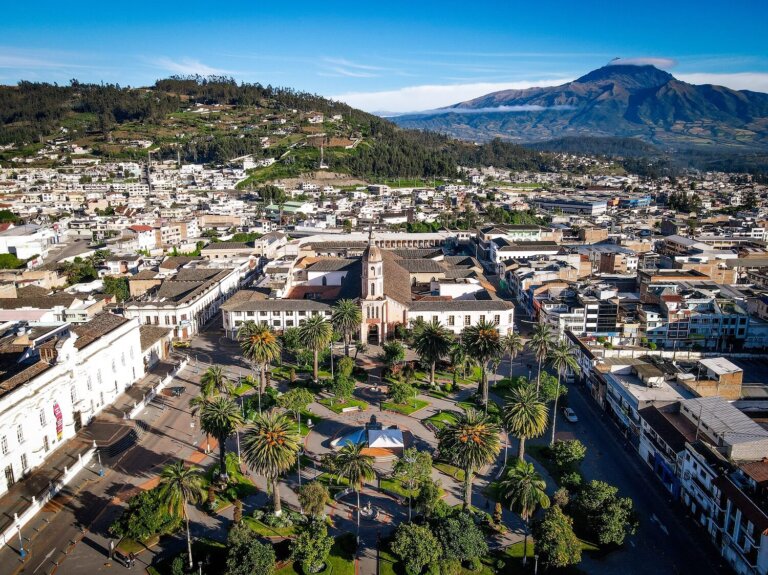
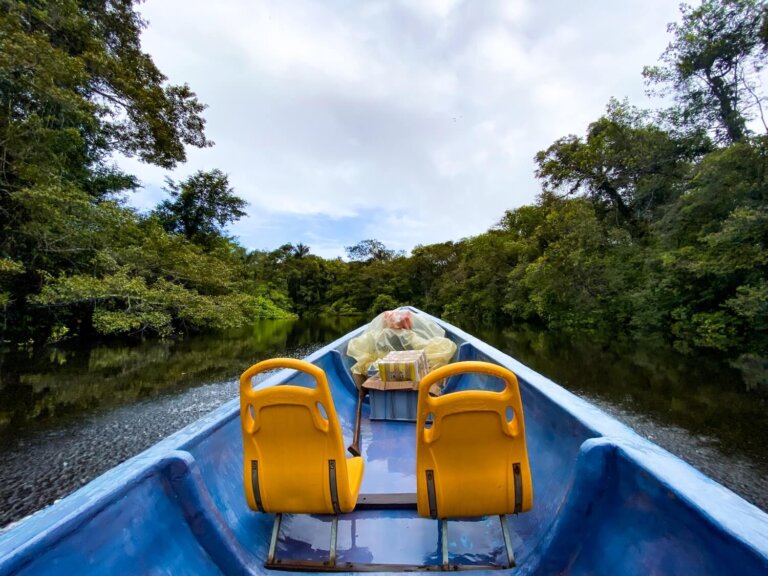
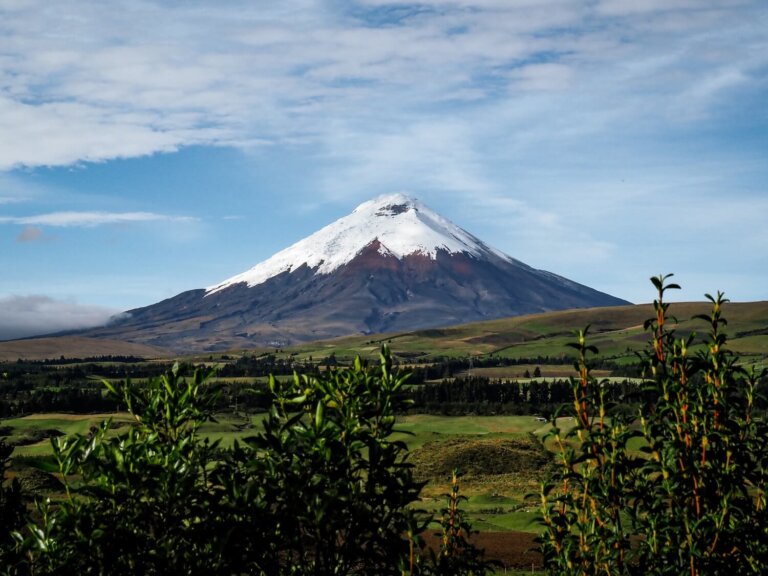
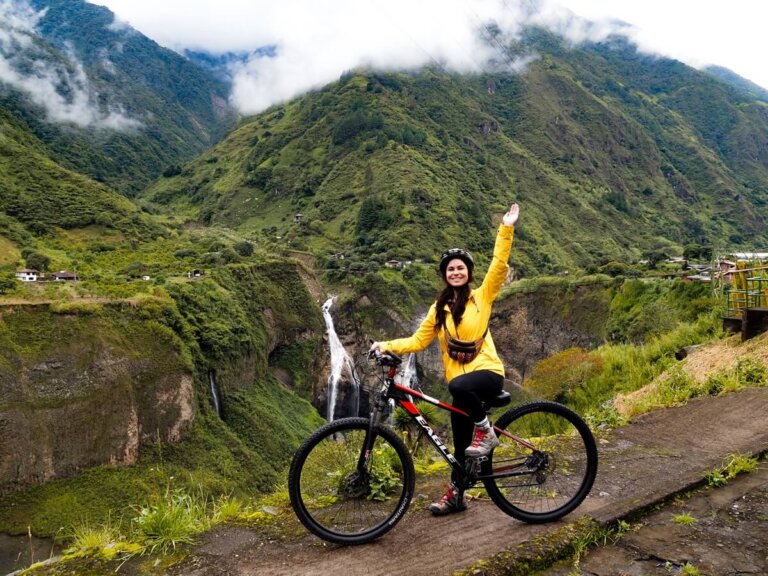
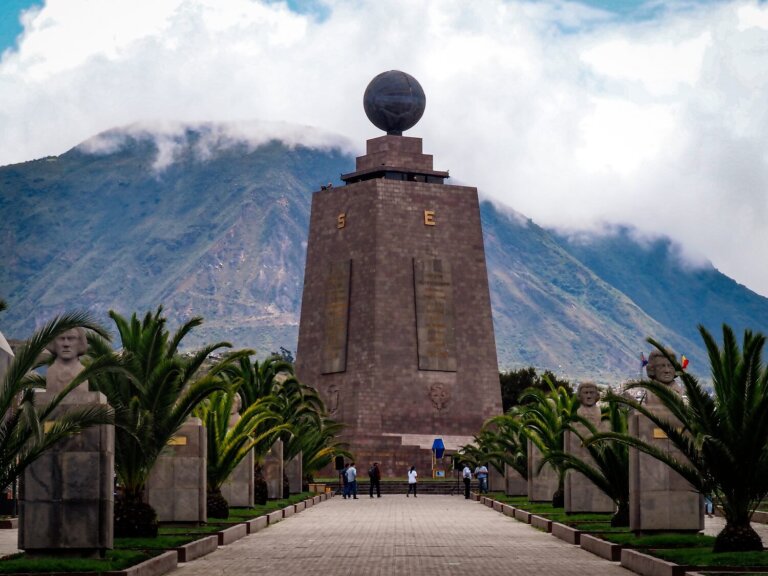
I have friends who visit various parts of Ecuador every year- I’d love to visit someday…buses look pretty cool..and beautiful scenerey.
Thanks Jennifer, we hope that you can join your friends on one of their future trip to Ecuador.
I feel like Ecuador often is overlooked in south america, ant that really is a shame. What a wonderful country it actually is.
We totally agree. We nearly skipped it, but so happy that we decided to go at the end. It’s a beautiful country with endless things to do.